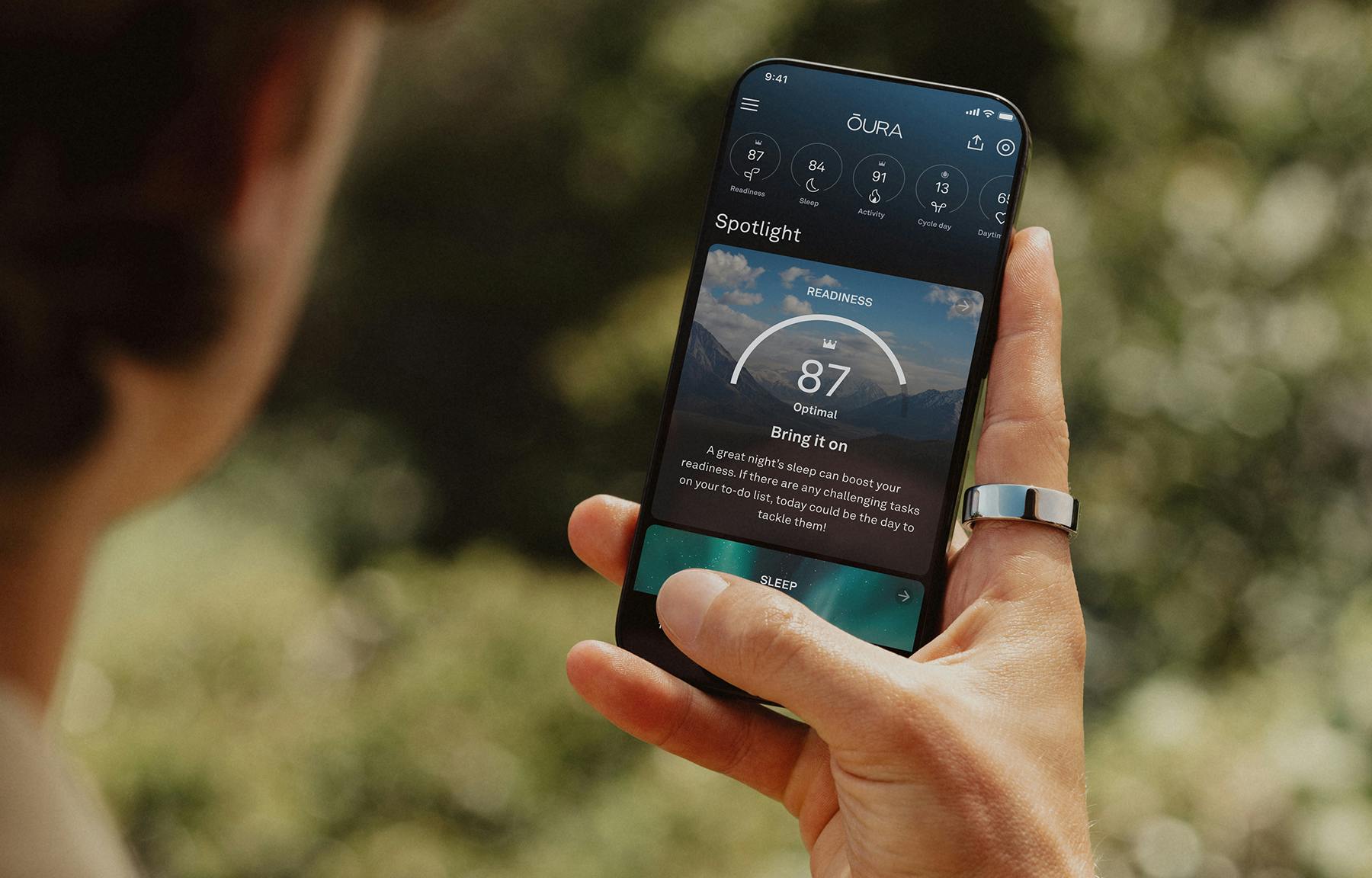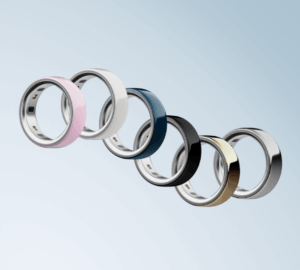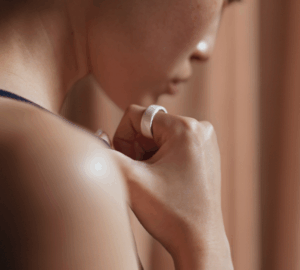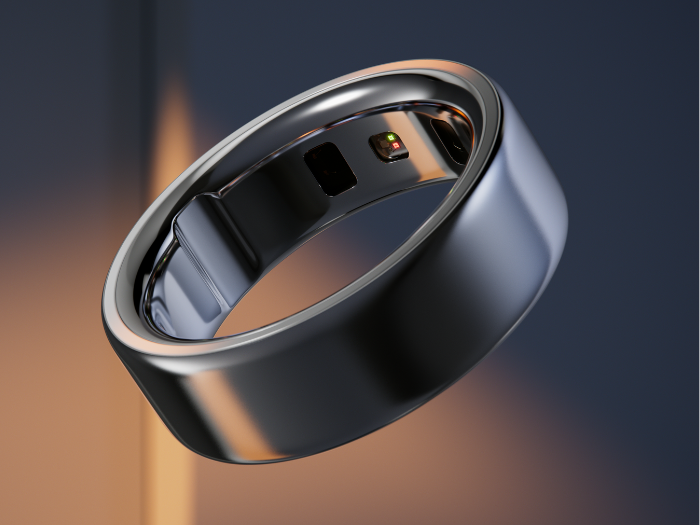At Oura, we’ve always been committed to offering technology that inspires positive behaviors for long-lasting beneficial health outcomes.
For many years, Oura has been a dedicated partner to a variety of institutions and organizations that are building the future of health, research, and our collective understanding of how to support optimal health outcomes in extreme environments. Through our work with research institutions, the Department of Defense (DOD), and the broader science and military communities, we support leading-edge research on the impacts of physiological stress, illness, fatigue, and physical training on personnel, with Oura Ring serving as a viable clinical research tool.
In an exciting new chapter, today, we announced a research collaboration with the Medical University of South Carolina (MUSC) to study sleep quality in space aboard the Fram2 mission. Dr. Mark Rosenberg, M.D., neurologist and director of the division of Aerospace and Performance Neurology at the Medical University of South Carolina (MUSC), is overseeing this study. His work on understanding the human body and nervous system in austere environments has been nationally and internationally recognized.
Fram2, the first human spaceflight over the Earth’s polar regions, will include an extensive suite of science and research experiments conducted by the crew and SpaceX throughout the nearly four-day mission. The selected projects, sourced by SpaceX, will help advance humanity’s capabilities for long-duration space exploration and understanding human health in space.
The mission will launch on March 31st, and will be commanded by Chun Wang, a cryptocurrency investor and entrepreneur. Jannicke Mikkelson, a director and cinematographer from Norway, will serve as crew commander. Rabea Rogge, a robotic researcher from Berlin, Germany, is the pilot, and Eric Philips, a professional explorer from Australia, will serve as the mission specialist and medical officer. Each of the four Fram2 crew members will be outfitted with Oura Ring—allowing researchers to continuously track the astronaut’s biometrics and analyze how space travel impacts the body, and to uncover critical insights into how astronauts can successfully readjust to Earth.
“At Oura, scientific discovery and validation are foundational to our product experience, and we’ve been committed to supporting the scientific community in clinical research since the beginning,” said Geoff Wylde, vice president of human performance at Oura. “We are proud to partner with those pushing the boundaries of science to advance human health and performance – from extreme environments like space to medical environments like hospitals and care institutions. Our work with MUSC and research institutions around the world allows us to support researchers and individuals alike in their efforts to support health and wellbeing.”
Supporting the Warfighter
For over a decade, we’ve worked alongside all branches of the U.S. Department of Defense (DOD), the broader military community, and U.S. government agencies to understand and optimize the readiness of teams working in high-pressure environments on mission-critical tasks. This work has spanned across the entirety of the DOD, including the Army, Navy, Air Force, and other US Government agencies; Oura’s technology has been used to monitor and manage the fatigue of Navy sailors at sea, maximize the readiness of aircrew flying long-haul missions with the Air Force, analyze the impacts of stress and PTSD for veteran Navy Seals, and support individuals competing in the Warrior Games, a multi-sport event for wounded, injured or ill service members or veterans.
Since 2020, Oura has also led the charge on early detection of infectious disease for frontline workers, including a partnership with the Air Force and Defense Innovation Unit. As our research advances, supporting space exploration was a natural next step.
Why Oura?
Oura Ring, with its precision and durability, is ideal for frontier environments. The discreet, custom fit enables service members to track biometrics without the disruption of notifications, lights, or screens. The ring form factor is also widely accepted in the scientific community as being more accurate than wrist-worn sensors due to the ring’s proximity to two major arteries in the body, enabling the most accurate heart rate variability data.
A 2024 study of fatigue management solutions on a warship, conducted by the Naval Health Research Center, found that the ring form factor had higher usage than a wristband. With up to an eight-day long battery life, service members are more likely to wear and keep wearing their Oura Ring; in fact, the median wear time is 23.5 hours, significantly higher than other wearable devices.
The Oura Teams platform allows users to access, analyze, and integrate holistic health data and make informed decisions around mission readiness. The visualization and reporting features offer curated views to manage illness, fatigue, fitness, and stress and, most importantly, mitigate operational risk.
Oura’s capabilities to measure the effects of strenuous conditions on sleep and health will be instrumental in the Fram2 mission. Crew members have been outfitted with Oura Ring technology for ten days prior to take-off and will wear them for the entirety of the mission, as well as ten days following their return to Earth. The impact of sleep and stress on overall performance is well-documented but merits further study in challenging environments such as space.
Our Commitment to Optimizing Human Performance
Over 50,000 Oura members are veterans, firefighters, and first responders. As these service members put their lives on the line every day, we’re committed to incorporating cutting-edge science into our technology to meet their diverse needs.
The possibilities of what Oura can achieve through scientific discoveries are just beginning. With the Fram2 mission, we enter a new frontier and look forward to bringing these findings back to Earth and advancing how we support all of our members.
Oura is dedicated to protecting the privacy of our customers. We adhere to some of the world’s most stringent data protection regulations. You can find more detailed information in our Privacy Policy.










